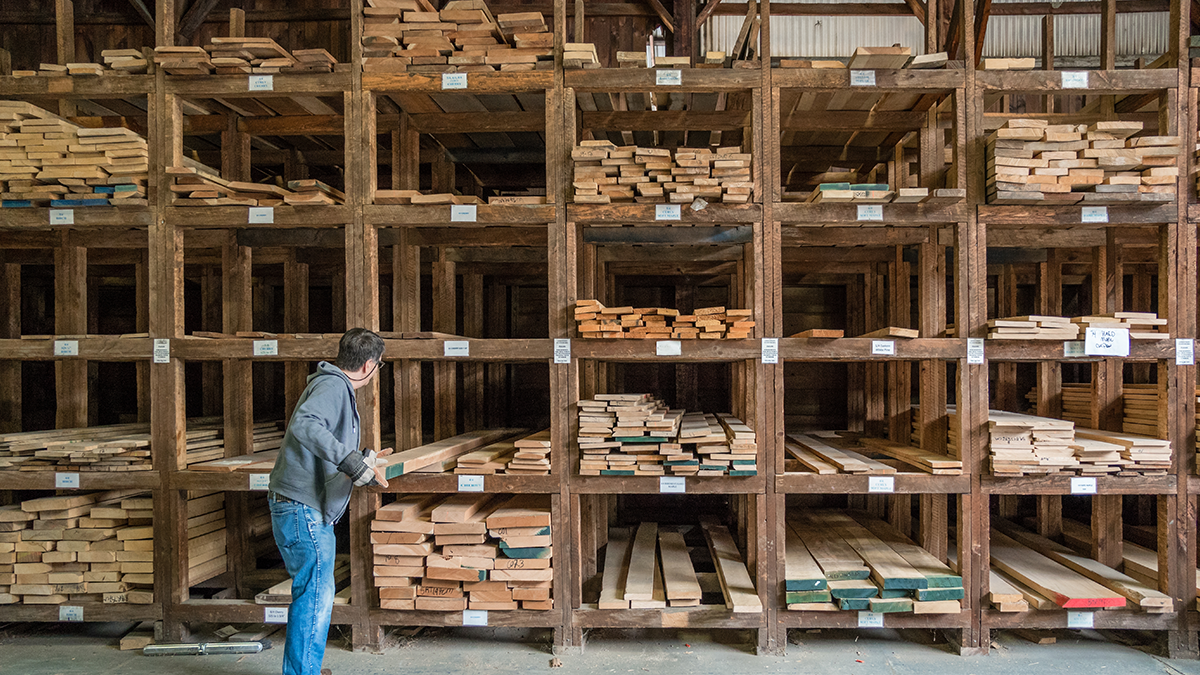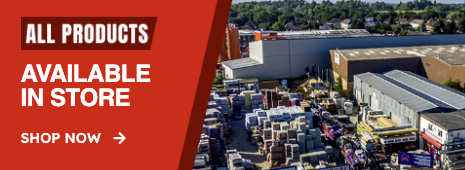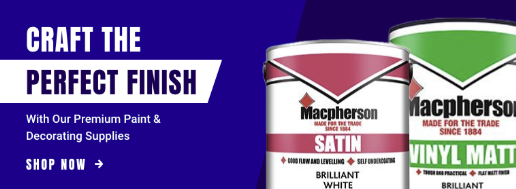Walk into any timber yard or builders’ merchants, and you’ll see piles of wood everywhere. But here’s the thing that catches a lot of people out – despite what the names suggest, hardwood vs softwood isn’t actually about how hard or soft the wood feels. We’ve had customers come in asking for “hard wood” because they need something tough, only to discover that some softwoods are actually harder than many hardwoods!
At Mitcham Builders Merchants, we’ve been supplying building materials in Croydon to professionals and DIYers nationwide for over 20 years. In that time, we’ve seen plenty of confusion about timber types, and it’s easy to understand why. The distinction between hardwood and softwood is one of the most misunderstood topics in the construction industry.
Whether you’re planning a garden project, building an extension, or simply trying to choose the right timber for a job, understanding these differences will save you time, money, and likely some frustration as well. Let’s clear up the confusion once and for all.
Hardwood vs Softwood: The Complete Builder’s Guide
-
- What actually makes wood “hard” or “soft”?
- The difference between hardwood and softwood
- Common types of each and their uses
- Which wood to choose for different projects
- Sustainability and environmental factors
- Building regulations and timber choice
- Common mistakes to avoid
- Why choose Mitcham Builders Merchants?
- The future of timber in construction
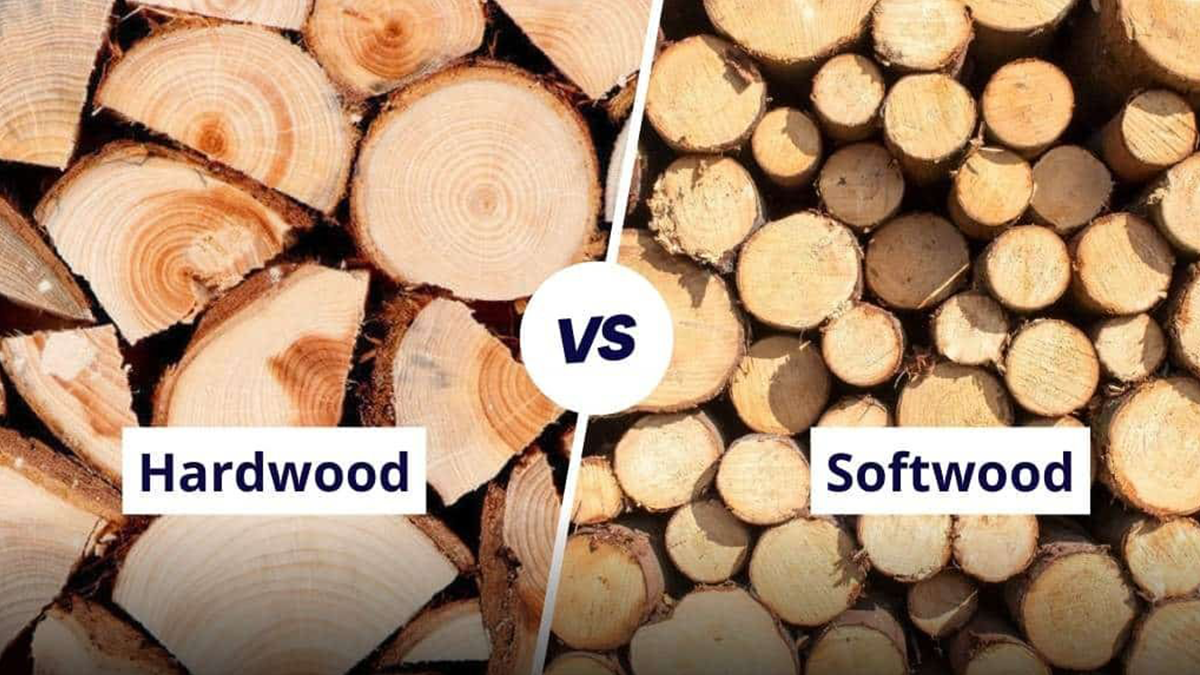
What Actually Makes Wood “Hard” or “Soft”?
- Deciduous trees – The ones that drop their leaves in autumn. Think oak, maple, beech, and walnut. These are called angiosperms, which is just a fancy way of saying they’re flowering plants that produce seeds enclosed in fruit or nuts.
- Coniferous trees – The evergreen ones with needles and cones. Pine, spruce, fir, and cedar all fall into this category. These are gymnosperms, meaning their seeds aren’t enclosed (think pine cones).
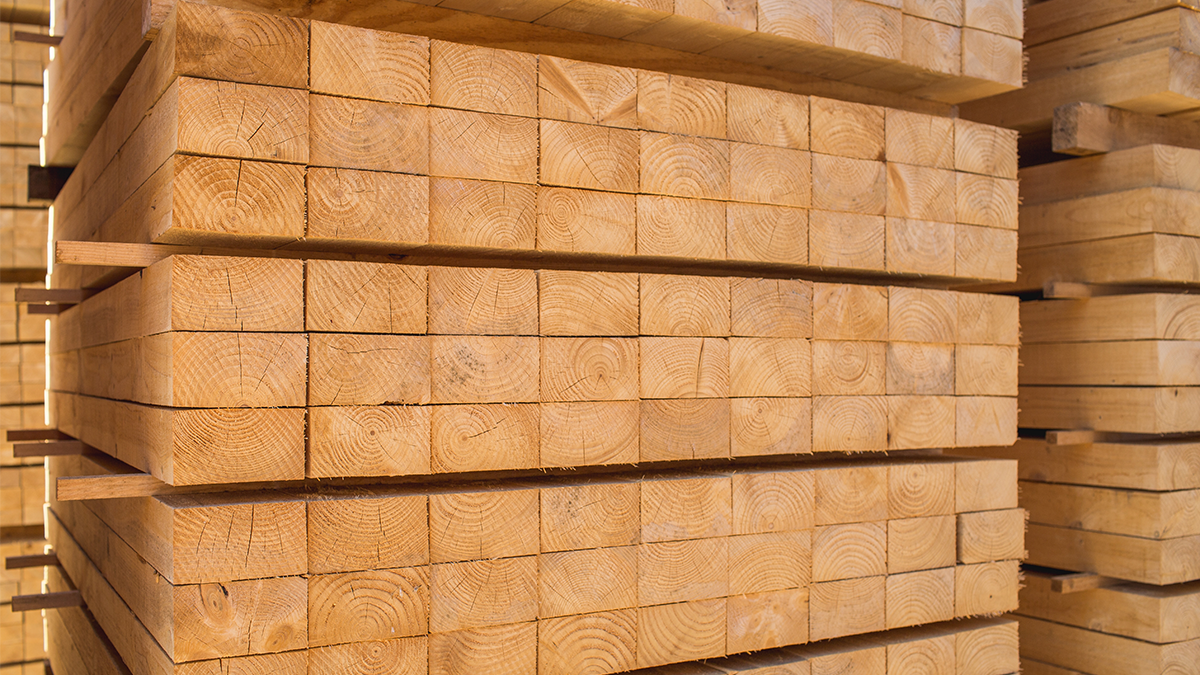
The Difference Between Hardwood and Softwood
Growth Patterns and Structure
Density and Strength
Appearance and Grain
- Hardwoods: These often have more noticeable and diverse grain patterns. Hardwood flooring and furnishings are frequently aesthetically pleasing due to their grain.
- Softwoods: Typically, their grain patterns are more consistent and straight. When it comes to structural construction, where you desire consistent performance, this can really be advantageous.
Workability
- Hardwoods: Can be more challenging to work with. They’re often harder to cut and may require sharper tools and more powerful equipment.
- Softwoods: Generally easier to cut, drill, and shape. This makes them popular for construction work, where speed matters.
Durability and Weather Resistance
- Hardwoods: Many are naturally more resistant to rot and insect damage.
- Softwoods: Often need treatment for outdoor use, but some (like cedar) have natural resistance.
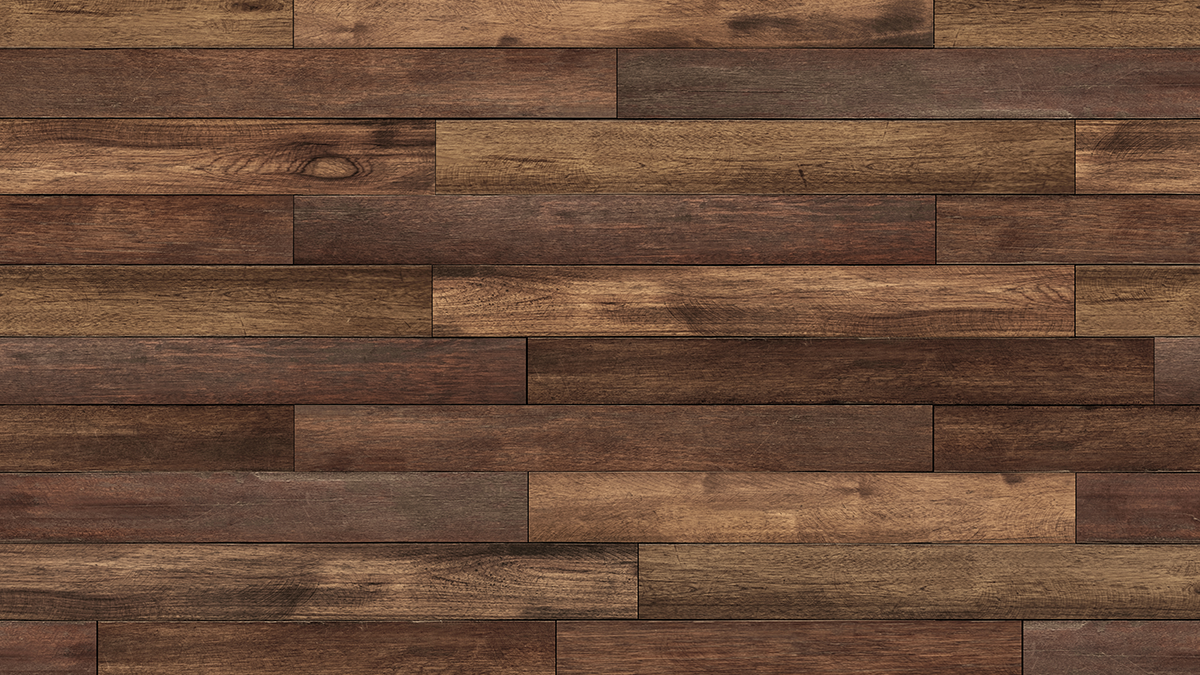
Common Types and Their Uses
Popular Hardwoods
Oak
- Extremely durable and weather-resistant
- Perfect for structural work, furniture, and external cladding
- Expensive but lasts for decades
- Classic choice for traditional building projects
Ash
- Strong and flexible
- Great for tool handles and sports equipment
- Good for internal joinery work
- More affordable than oak but still durable
Beech
- Hard and strong with a fine grain
- Popular for furniture making
- Takes stain and paint very well
- Good for internal use, but not weather-resistant
Maple
- Very hard with a light colour
- Excellent for flooring and furniture
- Takes a beautiful finish
- Can be expensive but worth it for quality projects
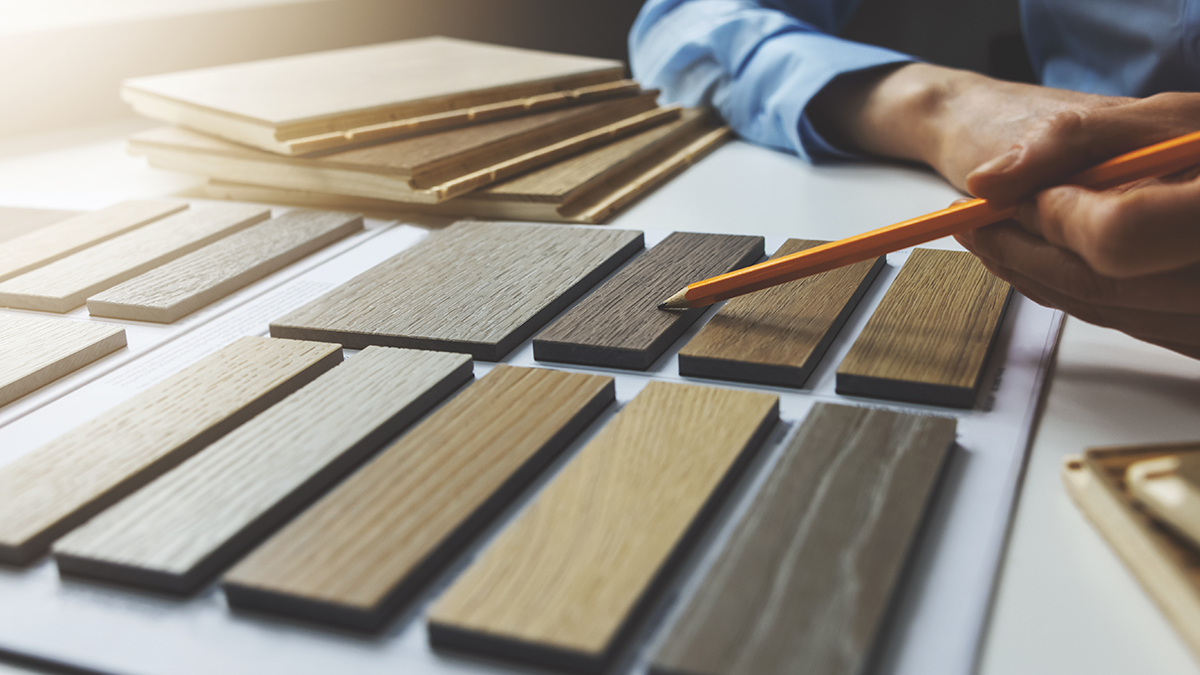
Popular Softwoods
Pine
- The most common construction timber
- Easy to work with and relatively cheap
- Good for internal framing and general construction
- Needs treatment for external use
Spruce
- Light and strong
- Often used for structural work
- Good strength-to-weight ratio
- Popular for roof trusses and floor joists
Douglas Fir
- One of the strongest softwoods
- Excellent for structural applications
- Good for external use with proper treatment
- More expensive than pine, but very reliable
Cedar
- Naturally weather-resistant
- Perfect for external cladding and decking
- Lovely smell and appearance
- More expensive, but it needs no treatment

Which Wood Should You Choose?
Choose Hardwood When:
- You need maximum durability
- Appearance is crucial (furniture, flooring, visible structural elements)
- The project needs to last for decades
- You’re working on high-end joinery
- Natural weather resistance is important
Choose Softwood When:
- You’re doing general construction work
- Cost is a major factor
- You need timber that’s easy to work with
- You’re doing structural work where strength-to-weight ratio matters
- The timber will be hidden (internal framing, etc.)
Cost Considerations
- Durability: Hardwood may be more expensive initially, but it will last a lot longer.
- Maintenance: Certain hardwoods require less constant care.
- Performance: For important applications, the additional expense may be justified.
Project-Specific Recommendations
For Decking:
- Hardwood: Oak, teak (expensive but incredibly durable)
- Softwood: Pressure-treated pine, cedar (more affordable, still effective)
For Internal Framing:
- Softwood: Pine, spruce (cost-effective and perfectly adequate)
- Hardwood: Usually unnecessary and expensive
For Furniture:
- Hardwood: Oak, ash, maple (durability and appearance matter)
- Softwood: Pine (for painted furniture or budget projects)
For Cladding:
- Hardwood: Oak (natural durability)
- Softwood: Cedar (natural weather resistance), treated pine (budget option)
Questions to Ask Yourself
When choosing between hardwood vs softwood, ask yourself:
- What’s the expected lifespan of this project? If it needs to last 50+ years, hardwood might be worth the investment.
- Will it be exposed to the weather? This affects both timber choice and treatment needs.
- How important is appearance? If the timber will be visible and aesthetics matter, hardwood often wins.
- What’s the load requirement? Some softwoods are perfectly adequate for structural use.
- What’s the budget? Be realistic about what you can afford.
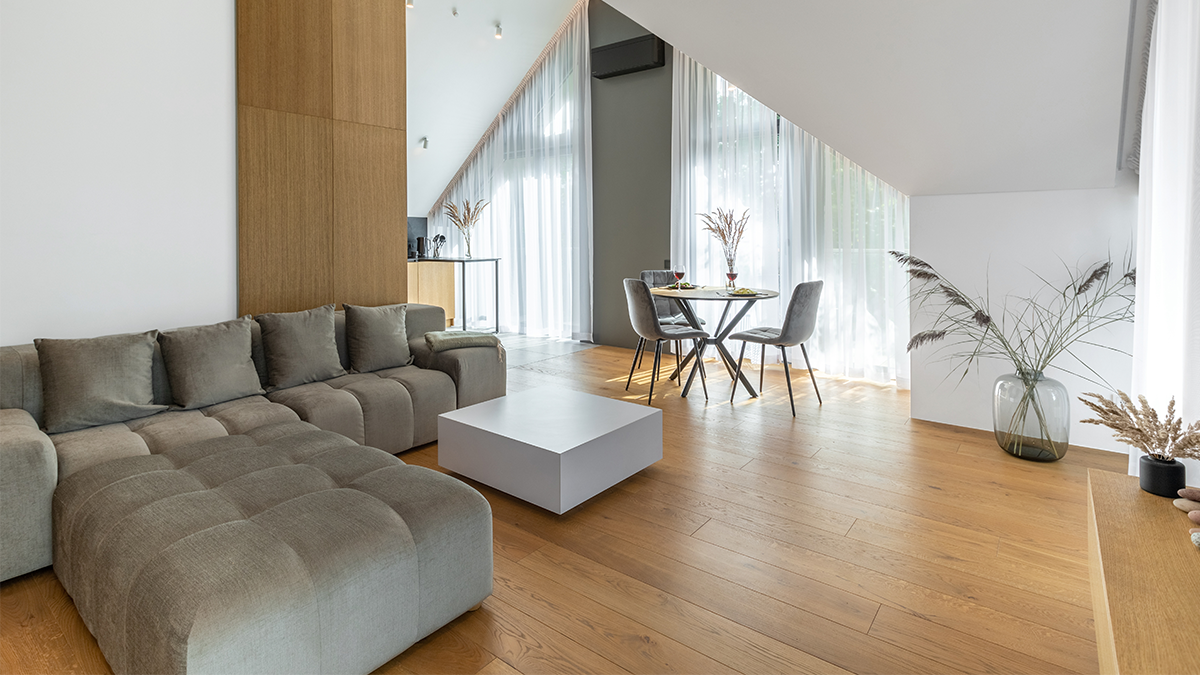
Sustainability and Environmental Factors
Softwood Advantages:
- Fast-growing trees mean quicker regeneration
- Generally requires less energy to process
- Often sourced locally, reducing transport emissions
- Plantation forests can be managed sustainably
Hardwood Considerations:
- Slower-growing trees take longer to replace
- Often imported from further afield
- Some species are under pressure from over-harvesting
- But properly managed hardwood forests can be very sustainable
What to Look For:
- FSC (Forest Stewardship Council) certification: Shows the timber comes from responsibly managed forests
- PEFC (Programme for the Endorsement of Forest Certification): Another reliable certification system
- Local sourcing: Where possible, buying locally sourced timber reduces transport emissions

Building Regulations and Timber Choice
- Structural requirements: The timber must be strong enough for the application
- Fire resistance: Some applications require specific fire ratings
- Durability: External timber must be adequately protected against decay
- Thermal performance: For external walls, insulation requirements may influence timber choice

Common Mistakes to Avoid
- Assuming harder is always better: Just because hardwood sounds tougher doesn’t mean it’s always the right choice. For many applications, softwood is perfectly adequate and much more cost-effective.
- Ignoring treatment requirements: Choosing softwood for external use without proper treatment is asking for trouble. Make sure you understand what treatment the timber needs for your specific application.
- Focusing only on price: The cheapest timber isn’t always the most economical in the long run. Factor in durability, maintenance requirements, and replacement costs.
- Not considering workability: If you’re doing the work yourself, consider how easy the timber is to work with. Some hardwoods require specialist tools and experience.
- Mixing species unnecessarily: Mixing different timber species in the same project can cause problems with movement, finishing, and appearance. Stick to one species where possible.
- Not planning for movement: All timber moves as moisture levels change. Hardwoods and softwoods move at different rates, which can cause problems if you’re mixing them.
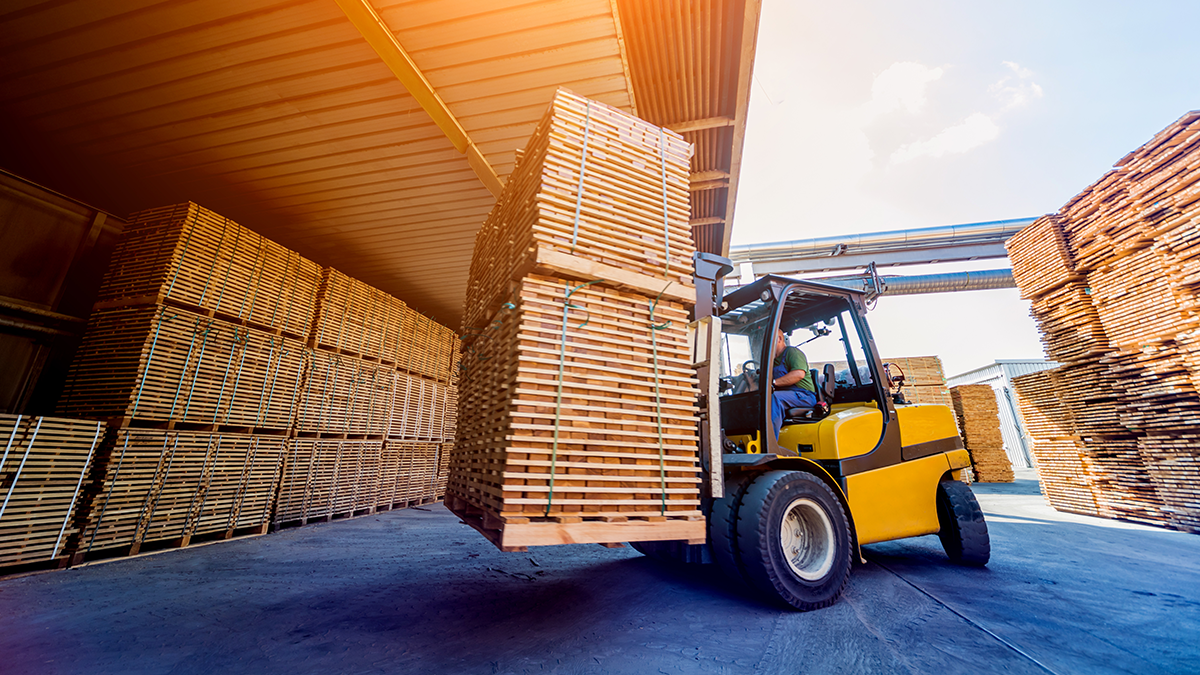
Why Choose Mitcham Builders Merchants?
Quality You Can Trust
Expert Advice
Competitive Pricing
Sustainable Options
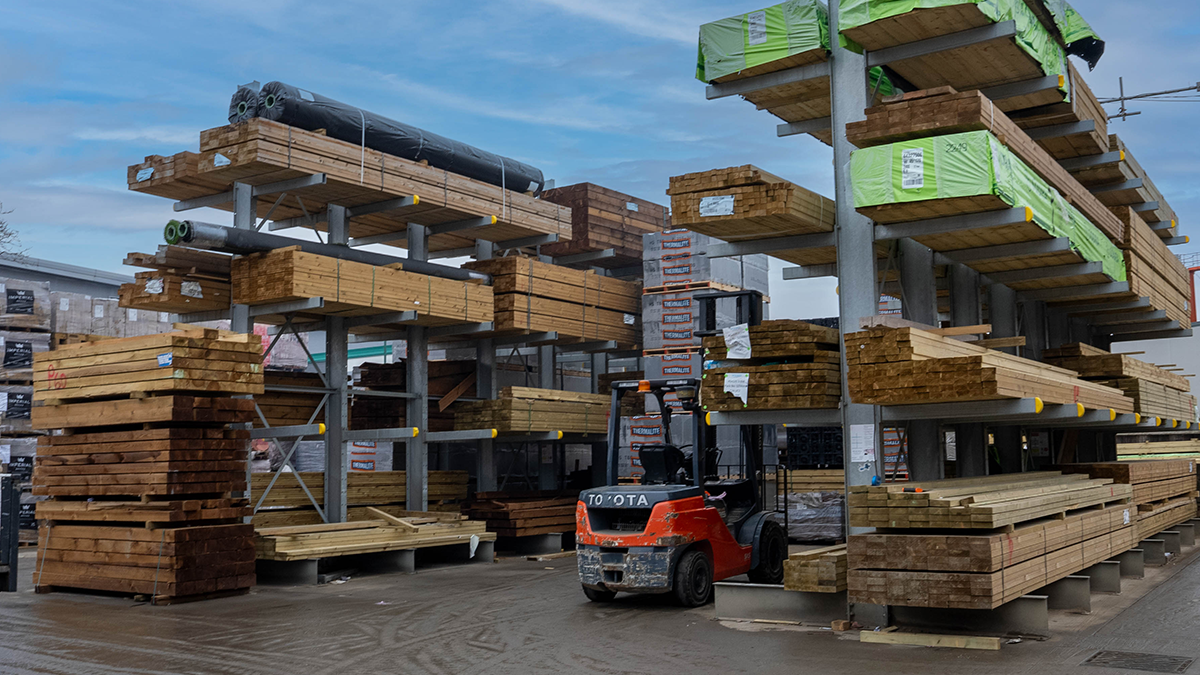
The Future of Timber in Construction
- Sustainability: Timber is a renewable resource and stores carbon
- Performance: Modern engineering techniques are making timber suitable for larger structures
- Innovation: New treatments and processing techniques are improving timber performance
- Regulations: Changes in building regulations are encouraging more timber use
